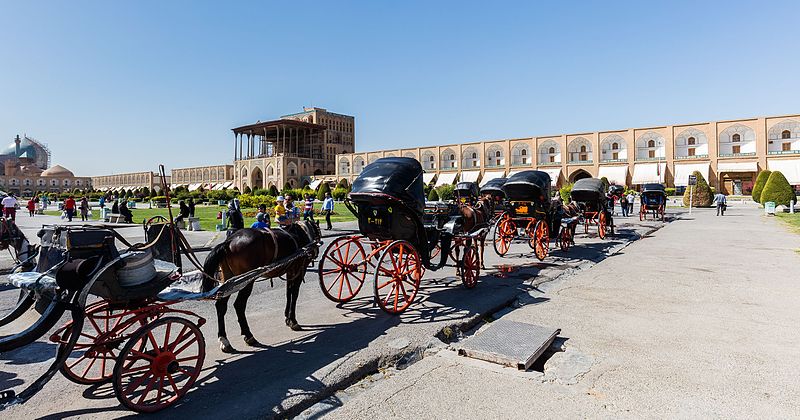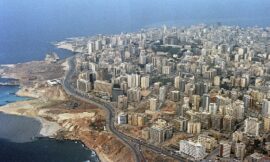Naqsh-e Jahan Square, also known as Imam Square, is a magnificent historical site located in the heart of Isfahan, Iran. Recognized as one of the largest city squares in the world, this UNESCO World Heritage site serves as a central hub for both locals and visitors, offering a captivating blend of architectural splendor, cultural significance, and a vibrant atmosphere.

The square, with its impressive dimensions of approximately 160 meters by 508 meters, was originally designed and built during the Safavid dynasty in the early 17th century. Shah Abbas I, the ruler at the time, envisioned Naqsh-e Jahan Square as a symbol of power and grandeur, reflecting the might and prestige of the Safavid Empire. The meticulous planning and execution of the square were overseen by the chief architect, Ali Akbar Isfahani, resulting in a harmonious ensemble of structures surrounding the vast open space.
At the heart of Naqsh-e Jahan Square stands the Imam Mosque, also known as Shah Mosque. Constructed with stunning blue and yellow tiles, the mosque’s immense dome and minarets dominate the skyline. The intricate geometric patterns and calligraphy on the mosque’s facade are a testament to the exceptional craftsmanship of Persian architects and tileworkers of the time.
Opposite the Imam Mosque is the Sheikh Lotfollah Mosque, a masterpiece of Safavid architecture. Unlike the Imam Mosque, Sheikh Lotfollah Mosque does not have minarets and was intended as a private place of worship for the royal family. The mosque’s mesmerizing dome is adorned with delicate tilework, and the play of light on its surface throughout the day creates an ever-changing spectacle.
Flanking the square on the western side is the Ali Qapu Palace, a five-story palace that served as the ceremonial residence of Shah Abbas I. The palace features a grand terrace with stunning views of the square and served as the backdrop for royal receptions, festivals, and celebrations. The intricate decorations, including delicate frescoes and tilework, showcase the opulence of the Safavid court.
Completing the quartet of architectural marvels around Naqsh-e Jahan Square is the Grand Bazaar, an expansive and bustling market that dates back to the Safavid era. The Grand Bazaar is a labyrinth of narrow alleys and covered passages where visitors can immerse themselves in the vibrant tapestry of Persian crafts, textiles, spices, and traditional goods.
Naqsh-e Jahan Square is not only a testament to the artistic and architectural achievements of the Safavid period but also a living space where locals and tourists alike gather to appreciate its beauty. The square has been a witness to centuries of history, reflecting the ebb and flow of life in Isfahan. Today, it remains a vibrant center of activity, hosting cultural events, festivals, and serving as a place for people to come together and enjoy the timeless charm of this remarkable Persian square.



